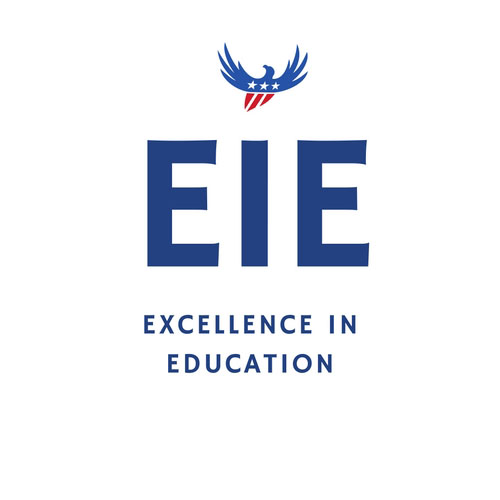![]() by: Dr. Karen Chao
by: Dr. Karen Chao
It can be very frustrating to watch your child struggle with reading despite all of your hard work and best efforts to help. Searching for answers can sometimes be even more difficult. Is your child an auditory learner? Does he have Dyslexia or some other learning disability? Or could it simply be a fully correctable vision problem?
Before you say, “No – it couldn’t possibly be a vision problem,” let me explain. When people think of vision they often think of the eye chart which is used in most school screenings and pediatricians’ offices. What is being tested with that chart is how clearly one sees the letters on the chart from 20 feet away. That’s all. It tells us nothing about how the child’s eyes move when reading.
It is vital to understand that eye coordination and eye movement (tracking) problems can easily be mistaken for a variety of reading and learning disorders, because their symptoms are very similar. Whether the student is not performing to potential or just struggling with reading and learning – underlying visual deficits could be the root of the problem.
According to Wendy Rosen (an educational consultant specializing in vision-related learning problems, metacognition, and environmental education, as well as an elementary teacher with extensive classroom experience) in the book, The Hidden Link Between Vision and Learning: Why Millions of Learning-Disabled Children are Misdiagnosed:
“There are inestimable numbers of children who are struggling with learning and compromised in ways most people are unaware of, because these little known visual skills are not functioning properly. This can profoundly impact a child’s success in school and in life.
The symptoms of an unrecognized vision disorder can mimic other conditions, for which many children may be classified or medicated. Because of this, the potential for misdiagnosing the true cause of a child’s struggles is enormous.”
In addition, in the book Red Flags for Elementary School Teachers, Katie Johnson, a teacher for over 35 years, discusses the huge need for teachers and other school professionals from all areas, to better understand the need for identifying eye coordination and focusing disorders in children.
Ms. Johnson writes that she was amazed at the answers she heard when she asked her struggling readers, “What do the words do when you are trying to read?” “I remember one girl who said, ‘I start on the side of the page and then the words start moving, when I get to middle where the staple is and the book is bending, the words fall in there and I can’t read.’ I would never have known this was happening if I didn’t ask her.”
The most important thing for parents to know is that children rarely complain. The way they tell us that there is a problem is with their behavior. Therefore you need to know the various behavioral signs that signal a vision problem; for example, does your child:
- avoid reading?
- prefer to be read to?
- turn his or her head at an angle when reading?
- have more trouble comprehending what is read the longer he or she reads?
- read a paragraph out loud but not remember what was read?
If your child continues to struggle with reading, it’s time get a developmental vision evaluation to determine if your child has all the visual skills required for academic success. For a more in-depth checklist or to schedule an appointment, contact: Dr. Karen Chao’s office at 626-287-0401 or visit her website at sgfamilyoptometry.net.
